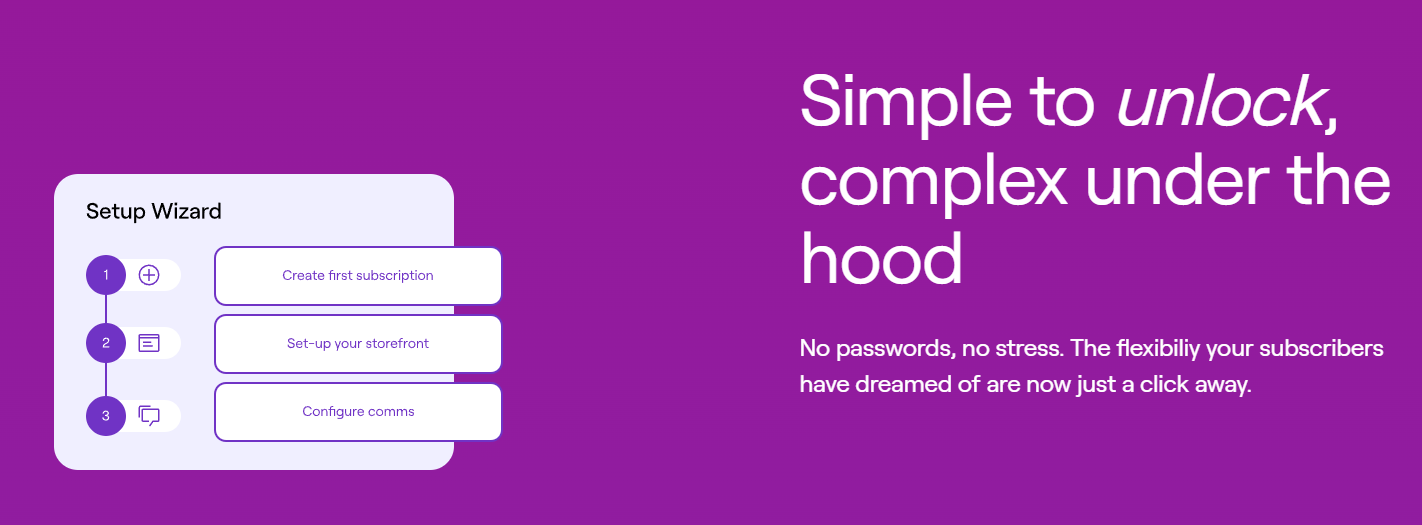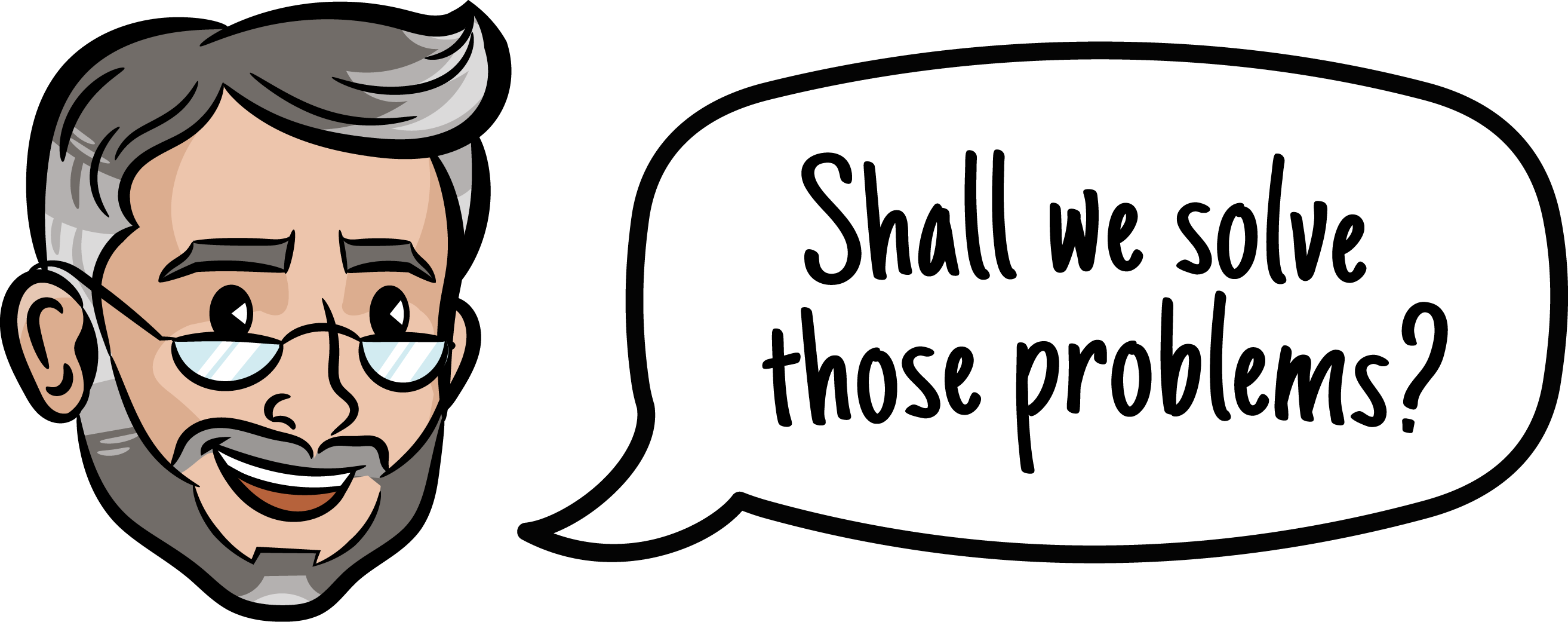For any company, 3D proofreading is necessary. Correct spelling and grammar are table stakes. However, messaging, word choice, formatting, and other dimensions of polished collateral are critical for conversion rate optimization and revenue generation.
People move from general awareness to making a purchase when they sense credibility and gain trust.
First impressions matter, especially for startups and other small companies without brand equity.
In this article, we’ll examine some common mistakes that may be causing a terrible first impression and pinching your sales funnel.
Myth: Grammarly & Spell Check Will Produce Publication-Ready Copy

Proofreading Is Hard, Especially When It’s Your Own Work
Whether you’re actually writing for your company or dependent on non-verbal communication as part of your sales funnel(s), don’t feel bad if reading this article surfaces a lot of issues in your website, handouts, ad copy, etc. They are correctable.
If you want to get errors knocked out fast with an easy-to-follow report that shows your team the patterns of mistakes they are making, we provide that in our full-funnel conversion rate optimization packages, which include 3D proofreading.
These packages double as training material for raising the quality of new collateral you’ll need in the future.
The simplest way to improve copy overall is to buddy up. If you’re the principal writer, find someone you trust to be the principal proofreader. If they write, too, you should proofread their writing.
For words that will live in places like colored backgrounds on a landing page or footer banners on a 1-pager, try to get the copy correct in a non-colored wire frame. You can also copy-paste out of a website into a Word Doc or similar, so you can really focus on the words without visual distraction.

Use Grammarly & Spell Check but Understand Their Limitations
Spell check has been around for a long time and is integrated into many products. For writers in companies that communicate in multiple languages, be sure that you develop the habit of setting both your spellcheck and keyboard to the language in which you’re writing.
Assuming you’re good to go with your settings, spell check only works if you pay attention to it. Get in the habit of doing a “spell check pass” where you look for red underlines and correct them at the completion of each deliverable.
Grammarly is a more recent tool that can be added to browsers such as Google Chrome if you do a lot of writing within a content management system such as WordPress or originate documents in Google’s cloud-based tools. There is also a plugin for Microsoft Word if that’s where you like to work.
Grammarly will help with noun-verb agreement, punctuation, capitalization, and other common mistakes.
Grammarly also tries to suggest more concise wording when possible. Be careful with these recommendations. You can be more concise but lose the desired emphasis in some cases. Grammarly does not understand the intent behind the way you write each sentence or how you want them to fit together architecturally.
Grammarly also does not spot missing words very well.
For Startups, What Does 3D Proofreading Spot that Grammarly & Spell Check Miss?
Take a look at this content block…

So What Would Grammarly & Spell Check Catch?
Notice the subheader on the right? “Flexibiliy” should be “flexibility.”
The subject of the sentence is “flexibility,” so the verb doesn’t agree. It should be “is” instead of “are.”
Dropping this copy into something with spell check and Grammarly would surface those two issues.
So What Would Grammarly & Spell Check NOT Catch that 3D Proofreading Would?
1. Notice the diagram on the left? It’s a single image. “Setup” is a noun. “Set up” is a verb. “Set-up” is neither.
Since the three blocks are meant to represent commands that walk you through setup, the verb “Set up” would be correct to align with “Create” and “Configure.”
Grammarly and spell check can’t see words within images, so this error would not be spotted.

2. What if we fixed the spelling and verb agreement on the body copy? We’d have:
No passwords, no stress. The flexibility your subscribers have dreamed of is just a click away.
Certainly better but not great. “No passwords, no stress.” Wait, what? You want my subscriber portal to be an open door?
“The flexibility your subscribers have dreamed of is just a click away.” This sentence could be shorter and more impactful if phrased more directly. How about:
Give your subscribers the flexibility they deserve today.
?
Grammarly will try to rearrange sentences into the active voice but won’t choose more specific verbs.
3. What about that headline?
Simple to unlock, complex under the hood
This seems to be an attempt at a car analogy.
When paired with “No passwords,” “Simple to unlock” seems to reemphasize that this is an insecure platform.
Setting aside the “security risk” aspect of the copy, “complex under the hood” means “maintenance nightmare” to people who understand cars.
This brand’s whole reason for existence is trying to displace an older, entrenched competitor (the enemy) because that firm’s offering is fundamentally unreliable and poorly supported.

Grammarly and spell check don’t understand word associations or fundamental elements of a brand such as the value proposition. Thus, you’ll need to proofread with a view toward avoiding mixed messages or contradicting your company’s mission.

Professor’s Note:
For complex products, using a recurring analogy throughout is a great way to position your product.
A platform-as-a-service company might use a persistent “construction & architecture” theme.
All-in-one/consolidation products can use an “OS” or “operating system” analogy.
Our friends at Garbage Can Cleaning uses an evolution of man analogy.
So if we’re saying “come buy our stuff because it’s the more reliable alternative to brand X,” the last thing we want to do is confuse our visitors into thinking we’re actually a very complex product that also has no security.
If we want to keep going with a car analogy, perhaps a better headline might be something like:
The reliability of a daily driver with the performance of a supercar
Since this firm doesn’t use a car analogy anywhere else, they would probably be better served just being very specific:
A comprehensive, maintenance-free subscription system that anyone can deploy & manage
The example above is from a startup, so their ICP in sales will naturally have objections related to feature functionality and “reliability” since that’s their core differentiator.
They can talk all they want about better features, but they also need to do everything in their power to overcome the “are you going to be in business in a year?” concern and the “do you guys actually know what you’re doing?” objection to purchasing.
In reality, many software developers hate working on websites, but for unsophisticated consumers, technology and apps are just one giant “website-esque” thing.
For all B2B products and services, quality absolutely matters, so be sure you remove any reasons to doubt your offering’s quality within your sales funnel. 3D proofreading can help!
Key Takeaway: When buyers see errors that Grammarly & spell check won’t surface all over a website, piece of collateral, etc., they assume there will be errors all over the app, hardware, product, service rendered, etc. as well
You have what’s called a broken funnel. They won’t purchase.
3D proofreading surfaces these issues & more.

Drop by next month and we’ll be talking about frequent mistakes that publicly-traded companies like bank marketing teams make and how 3D proofreading can help them stop hemorrhaging customers.
For Further Reading: How to Use Hubspot for Startups | What Is This “RevOps” I Keep Hearing About with Mat 0’Connor? | How Certain WordPress Agencies Turn a Content Management System into a Black Box and What to Do About It | How a Broken Sales Funnel Gets Misdiagnosed…A Real World Example | How Does 3D Proofreading Help Startups?


